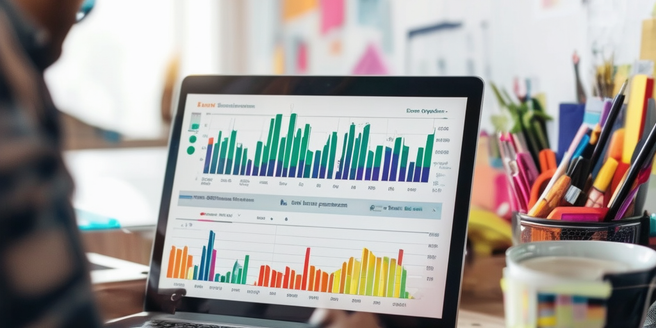Introduction to Alternative Credit Data
Alternative credit data is reshaping the financial landscape by offering new ways to assess creditworthiness. Unlike traditional credit reports that rely solely on credit scores, alternative data sources include utilities, rent payments, and even social media activity. These new metrics provide a more inclusive and nuanced picture of an individual’s financial behavior, especially for those who are underbanked or lack a credit history. Additionally, it helps level the playing field for individuals who may have been unfairly marginalized by traditional credit scoring systems. This shift has the potential to revolutionize the way credit is granted and managed globally. By leveraging this data, lenders can make more informed decisions, potentially widening access to credit and fostering financial inclusion.
Types of Alternative Credit Data
There are various types of alternative credit data that financial institutions can utilize. Payment records from utilities, telecom providers, and rent are among the most common. Behavioral data from social media and online transactions also play a role. Additionally, financial management apps can offer insights into spending habits. Other sources include employment history and educational background. Combining these diverse data points can lead to a more accurate assessment of creditworthiness. These metrics offer a comprehensive view of an individual’s financial responsibility and stability, allowing lenders to evaluate credit risk more accurately. By using non-traditional data points, lenders are able to assess a broader spectrum of consumers. By diversifying data sources, the financial industry can create more equitable lending practices.
Benefits of Using Alternative Credit Data
Incorporating alternative credit data offers numerous benefits. It enhances the accuracy of credit assessments by providing a multi-dimensional view of one’s financial health. This approach also promotes financial inclusion, opening up credit opportunities for those who are underserved by traditional credit scoring systems. By utilizing alternative data, lenders can better understand the nuances of an individual’s financial behavior. Additionally, it helps lenders mitigate risks by identifying reliable borrowers who may lack traditional credit histories. Importantly, alternative data can include factors such as rent and utility payments, which provide a more holistic picture of someone’s financial responsibility. Overall, alternative credit data can lead to fairer, more transparent lending processes, benefiting both borrowers and financial institutions.
Challenges and Risks Involved
Despite its advantages, the use of alternative credit data is not without challenges. Data privacy and security are primary concerns, as the collection of non-traditional data can expose individuals to risks of misuse and breaches. Moreover, the integration of new data sources often requires advanced technology and infrastructure to manage securely. Furthermore, consumers may lack awareness about how their data is being used. Additionally, the accuracy and reliability of alternative data sources can be variable, potentially leading to incorrect credit assessments. There’s also the risk of bias being introduced, as reliance on social and behavioral data could reinforce existing inequalities. It’s crucial for regulators to establish clear guidelines to mitigate these risks.
Future Trends in Alternative Credit Data
The future of alternative credit data looks promising, with advancements in technology and analytics paving the way for more sophisticated credit assessments. Machine learning and artificial intelligence are expected to play a significant role, enabling more accurate and dynamic credit scoring models. Additionally, as more data sources become digitized and accessible, the scope of alternative data will continue to expand. Financial institutions are keenly observing these developments to stay competitive. This evolution will likely drive innovation in financial products and services. Consumers will benefit from these advancements, gaining access to credit opportunities that were previously unavailable to them. Regulatory frameworks will evolve to address privacy and security concerns, ultimately leading to more robust and fair credit evaluation systems.


